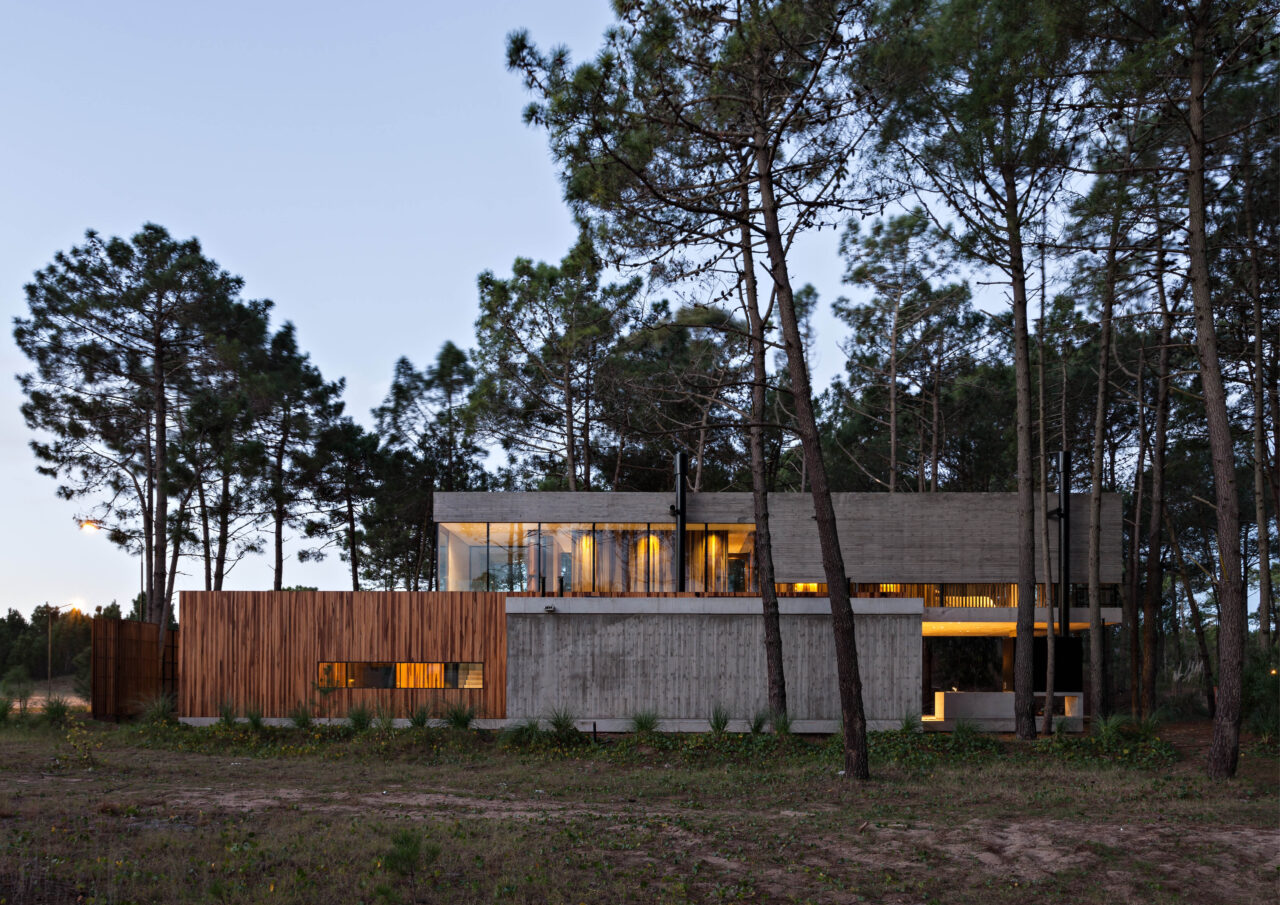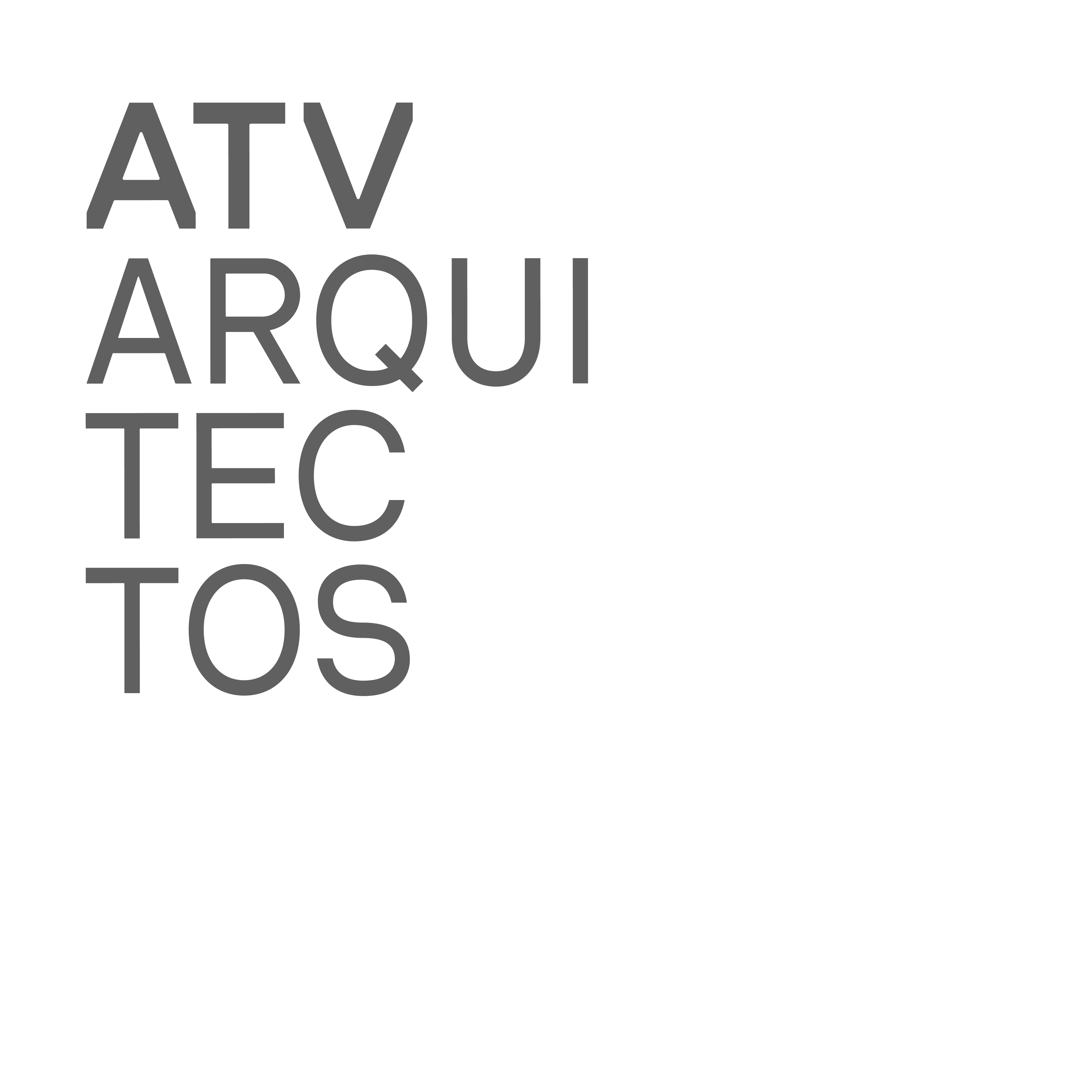Platinum Winner of the International Architecture & Design Awards 2024
Casa Marino
Architecture
Single-Family Home Architecture
Completed / Professional Category


Architect / Designer:
Arch. Federico Azubel, Arch. Ignacio Trabucchi, Arch. Walter Viggiano
Studio:
ATV Arquitectos
Design Team:
Project Team: Arch. Karina Pafundi – Arch. Damián Parodi
Project Manager: Arch. Vanesa Lijdens
Construction Manager: Arch. Vanesa Lijdens
Collaborators: Arch. Soledad Melillo
Structural Consultant: Eng. Ángel Santos
Landscape Consultant: Estudio Bulla
Copyright:
Ph. Albano García
Country:
Argentina
The Project is immersed among the woods in Pinamar, province of Buenos Aires, Argentina. Respecting its environment and taking advantage of the views, the house attempts to preserve and adopt its surroundings.
Focusing on the material-structure matters, the project looks into the concrete-wood matching, suggesting concrete as the material which defines the space-tectonic structure of the project. Three supporting partitions, lying linearly with each other, support the slab floors which hang from the superior beams. The structure, with its dimension and texture differences, defines the space and at the same time limits and maximizes the open floor in the public sector. This gives rise to the phenomenon of a space completely ethereal in terms of limits; given that the whole joinery can be opened completely thus building a continuous semi-covered area. The forest is the house’s limit.
On the other hand, wood is the material used to create all the volumes and walls and it’s the element which defines the possible limits which might arise from this environment. These limits are blurred, manipulated. They can be sifted, closed, moved, separated, and so defining relations with the environment.
The house functionally sets the access from a patio appendicular to the terrace, which suggests continuity of the street expansions. This patio divides the studio sector and the public space, consisting in a living and dining room, kitchen and grill sector. On the first floor the bedrooms are spatially defined by the location of the wet areas and the wooden partitions. At the same time, this level has access to an observatory deck overlooking the forest.
The transition from the public to the private space is made through a vertical circulation which takes the user through different sensations as regards light and visuals. At the same time, a piece totally made of wood goes all over the project, fitting into the concrete structure and relating the different levels with storage places and overhead lighting depending on the conditions.
Almost as if it were a negative, the project looks into the phenomenical and material relation which arises between the downstairs world (public) and the upstairs world (private). From the concrete textures to the wooden joineries (closing downstairs in the exterior and upstairs in the interior) the project presents this counterpoint, emphasizing the difference between the supported and the supporting, as a tree expressing the elements which shelter the protected space.
ATV Arquitectos
ATV Architects designs spaces, builds experiences, elevates and transforms environments to improve the quality of life of those who inhabit them.
In 20 years of work ,the studio has 22 completed projects to date and another 4 in progress or nearing completion, with buildings of small, medium, and large scale of up to 35,000 square meters.
Additionally, it has received national and international awards in more than 18 architecture competitions and awards for completed projects.

